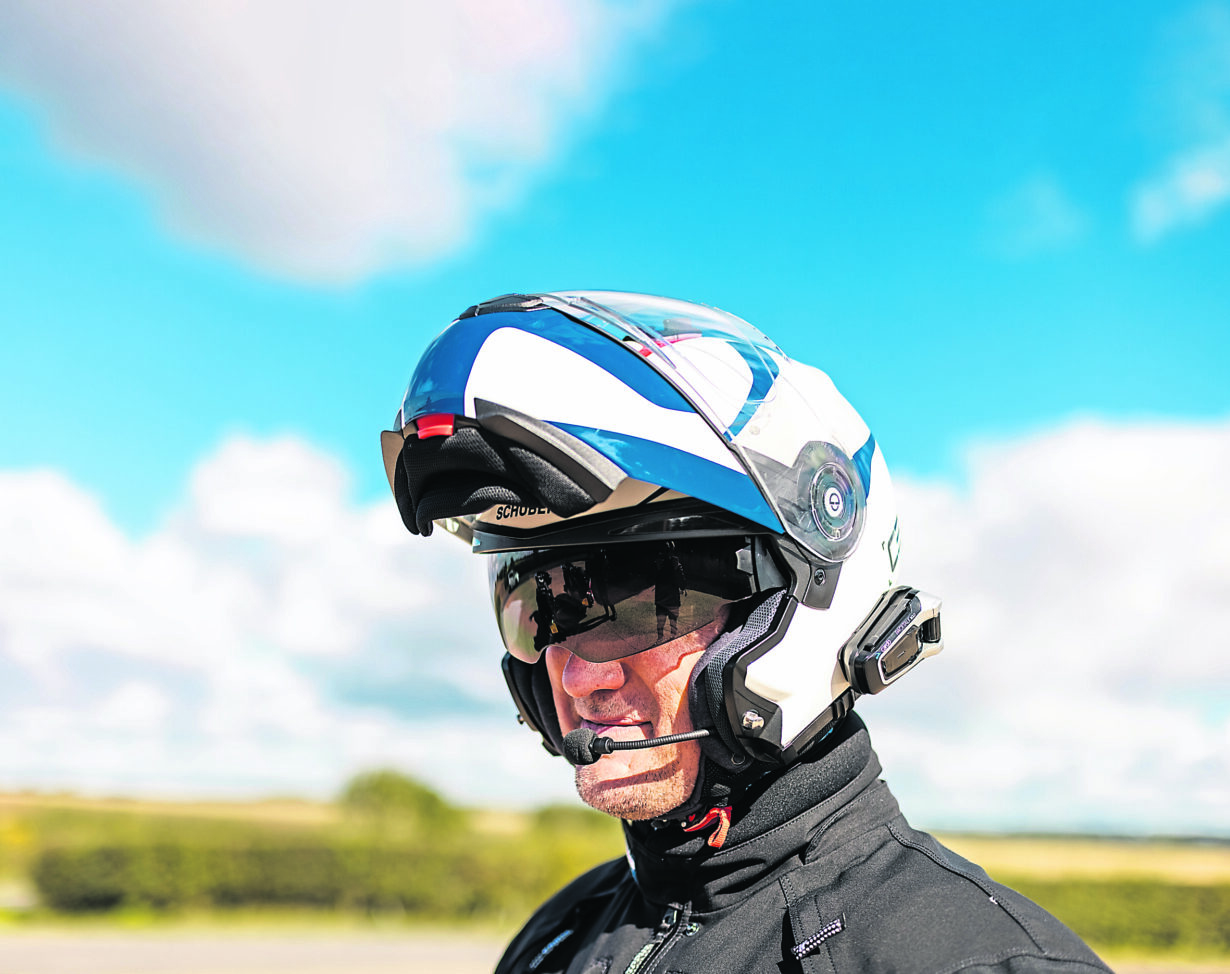When it comes to kit, it’s not always easy to know where best to splash your hard-earned cash. There’s an absolute abundance of choice out there to suit every kind of budget, and although it’s easiest to stick to what you know, there’s a chance you might be missing out on something properly good.
That’s why we’ve created this new series to look at specific bits of gear; breaking down some of the key things you need to know when buying, and pulling together some real-world reviews from riders who cover big miles in all weathers. It’s not a comprehensive list, but these are the ones we’ve been wearing over the last year or so.

Flippin’ ‘eck! First up: flip front helmets.
Things to consider
■ E-Numbers
The all-important numbers are ECE 22.05 and 22.06 (in time ECE 22.05 will be phased out); the helmet must carry one of these. 22.05 tested six points of impact on the shell, 22.06 increases this to 12 and adds testing at both higher and lower speeds. 22.06 also adds testing oblique rotational forces (rotational forces are a known cause of brain damage). Track use requires an ACU Gold Sticker. UK Kitemark may be returning for road lids.
■ P/J homologation
A major advantage of a modular helmet is being able to raise the front; handy for talking to people/showing your face at petrol stations, etc. Not all modulars can have the front raised when riding. To be used both open and closed, the helmet must have P/J homologation (which means it has been thoroughly tested in each state). P/J rated helmets should feature a locking mechanism for the open position.
■ Noise and weight
The two main drawbacks with modular helmets against full face: weight and noise. The additional mechanisms required to allow the front to open and close add weight. That said, there are more modular helmets being brought out using higher specification materials like carbon, which brings the weight down to closer to full face levels.
To be able to open the front means additional seams; in turn this means more access points for air… more air means more noise. That said, again in higher-spec helmets, the manufacturers are finding ways to combat this. In a series of scientific tests by a major European helmet retailer, the Schuberth C5 was in their top 10 quietest helmets (all types) and the HJC RPHA-91 is the quietest helmet they have ever tested.
■ Anything else?
Like all kit, comfort and use are important. Ride a sportsbike? The best visor angle is different to a cruiser or adventure bike. Distance rider? Comfort, weight, noise may be the most important. As ever, the best thing to do is get down to your local dealer or a big bike show, and get your hands on (and head in) a few in the flesh. It’s the best way to ensure the right fit, and you’ll be able to pick the brains of someone who likely knows their onions when it comes to helmets.
#motorcyclehelmets #flipuphelmets #flipfronthelmets #morebikesyoulike #motorcycles #readersrides #motorcycle #ukbikers #bikelife #bikers #motorcyclists #morebikes #morenews #motorcyclenews #motorcyclegear


